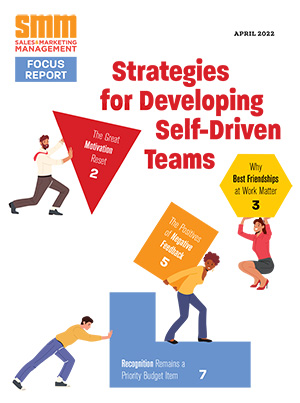Rewarding results is a game that safety program managers abandoned long ago. A safety program that rewards people for not having accidents leads to unwanted, even unscrupulous results without actually changing the behavior that would lead to improved safety. In other words, people tend to hide their accidents in order to earn their reward.
Therein lies the goal of motivation, influencing behavior so that people can perform better.
The problem with a cash incentive is it is too simplistic. It assumes that greed is the ultimate motivator. Assuming primary factors such as salary, job security and benefits have been met, an additional cash incentive can’t influence long-term change.
Using the elements that make games so engaging is called gamification. Adding a game to a business application is not at all the goal. People love to keep score and if you see something that is countable you have a game. Levels recognize achievements and accumulation of points. Levels cost nothing
to administer and tap into the most powerful motivator of all — status.
Every single mechanic is a vehicle for providing you with data and communicating progress to the recipient. Salespeople receive immediate feedback and recognition for following up on leads, closing deals, setting up meetings and filling in accurate data. Leaderboards add competition at a team and individual level, and every action is rewarded with points. By adding gamification you can build a better salesperson with measurable progress.
Greg Greunke is Vice President of Client Services and Operations for ThinkSmart, which provides intelligent data management for global companies. Learn more at ThinkSmart.es.


